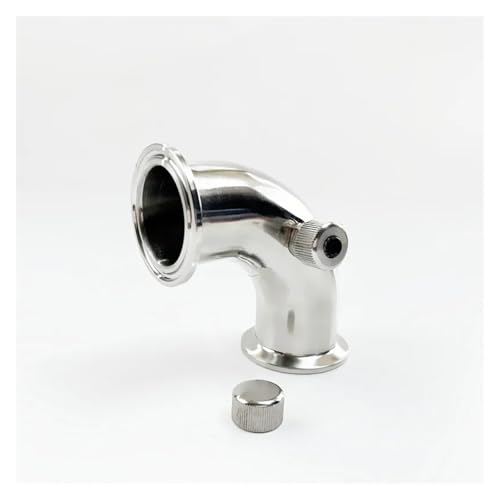Maybe a bit of a misleading title but I have a mixture of Swing-tops that I have either purchased empty from one of the online homebrew suppliers or originally came filled with German Beer, namely Hacker-Pschorr.
I have noticed quite distinctly a difference between the carbonation experienced between the two when racking from the same brew. I transfer to a bottling vessel and prime the whole batch so there should be an even priming across the batch.
However, I see a big difference when opening.
The Commercial ones I would almost say appear over carbonated. Opening with a BIG pop. (Even had the cage fly off) They don't gush straight out but I have to pour into a litre jug for a 500ml bottle first as the head is soo big. A good head is maintained but it does die down enough so I can decant into the drinking glass.
Whereas, the bottles I bought empty, open with more of a gentle phop. I can pour directly into the glass without the huge head. It does still hold a reasonable head to the bottom though. Ther beer still seem good.
These have so far been from Kits, namely St Peters Brewery but I found the same experience accross the Goldon Ale, Ruby Red and IPA.
The only difference I can think of is the stiffness of the lid cage. The Hacker ones are quite industrial where the other ones appear to be slightly lower gauge wire, although still quite thick. But I am wondering if when carbonating the homebrew supplied ones are allowing some of the gas to escape.
Is this something others have observed?
I have noticed quite distinctly a difference between the carbonation experienced between the two when racking from the same brew. I transfer to a bottling vessel and prime the whole batch so there should be an even priming across the batch.
However, I see a big difference when opening.
The Commercial ones I would almost say appear over carbonated. Opening with a BIG pop. (Even had the cage fly off) They don't gush straight out but I have to pour into a litre jug for a 500ml bottle first as the head is soo big. A good head is maintained but it does die down enough so I can decant into the drinking glass.
Whereas, the bottles I bought empty, open with more of a gentle phop. I can pour directly into the glass without the huge head. It does still hold a reasonable head to the bottom though. Ther beer still seem good.
These have so far been from Kits, namely St Peters Brewery but I found the same experience accross the Goldon Ale, Ruby Red and IPA.
The only difference I can think of is the stiffness of the lid cage. The Hacker ones are quite industrial where the other ones appear to be slightly lower gauge wire, although still quite thick. But I am wondering if when carbonating the homebrew supplied ones are allowing some of the gas to escape.
Is this something others have observed?





























![BREWING THERMOMETER STICKERS ACCURATELY MONITOR FERMENTING BEER & WINE LIQUID TEMPERATURES 5PCS HOME BREW SPIRITS WINE LCD ADHESIVE [US]](https://m.media-amazon.com/images/I/311DDjo2X3L._SL500_.jpg)












